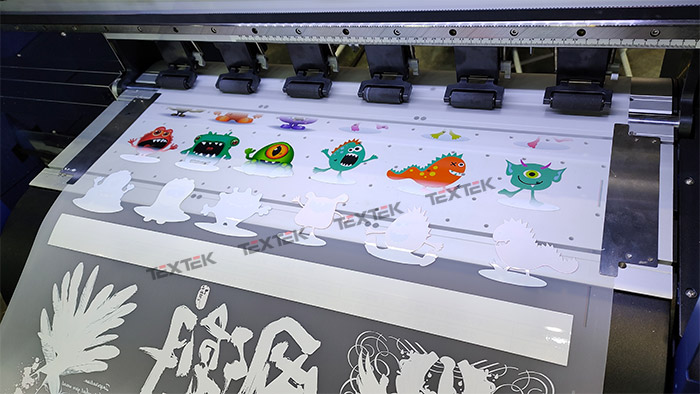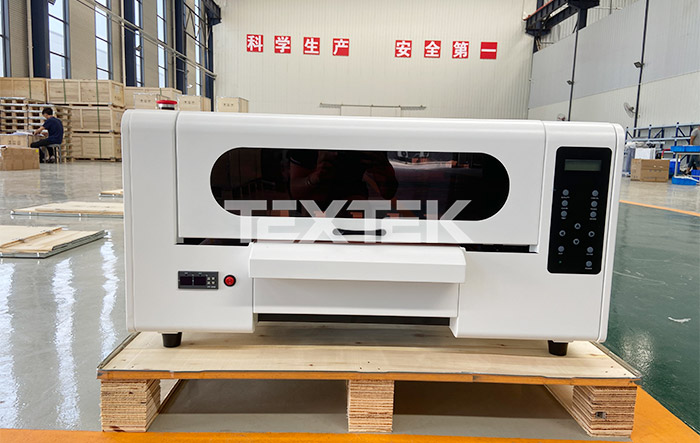Is DTF Printing Good Quality?

DTF printing is simple, printed on the film and transferred directly onto the fabric. The fact that DTF works on a variety of substrates, including polyester, cotton, metal, and even ceramic, is a crucial factor in its success. Want to put your artwork on more than simply shirts? That is possible with DTF printing!
DTF Printing Quality
A DTF print can still provide you with a respectably soft touch after being transferred, albeit you might not get the same soft feel as with DTG prints. In fact, compared to vinyl printing, your consumers will receive a considerably smoother print.
Consider bending and extending the design as much as you can now. Your design can maintain its original shape, as you’ll discover. In actuality, if you look closely at the design, you won’t notice any peeling or cracking at all.
Your transfers should be heat-pressed with a finishing sheet a second time. The garment will have a more durable finish as a result of allowing the adhesive and inks to penetrate the fabric even farther.
It is frequently compared to a screen-printed pattern and is soft, but not quite as soft as a DTG print. Screen-printed patterns are renowned for having a slightly plastic-like feel. Given that some buyers might prefer that soft hand to printed graphics, you might not be attracting much attention with the print quality.
Printing Process of DTF

Utilizing water-based inks, DTF printing requires imprinting a design onto a PET film transfer. The films’ 0.75mm thickness is relatively thin, which also improves their transmitting abilities. DTF prints its designs as a mirror image of the actual image, unlike the other printing techniques. When it comes to the inks, CMYK colors will be used first, then white ink.
A hot melt powder is then used to solidify the ink into the print once it has been applied. On top of the wet ink, the powder must be evenly distributed across the entire film. Either a manual powder shaker or an automatic one is used for this.
Utilizing water-based inks, DTF printing requires imprinting a design onto a PET film transfer. The films’ 0.75mm thickness is relatively thin, which also improves their transmitting abilities. DTF prints its designs as a mirror image of the actual image, unlike the other printing techniques. When it comes to the inks, CMYK colors will be used first, then white ink.
A hot melt powder is then used to solidify the ink into the print once it has been applied. On top of the wet ink, the powder must be evenly distributed across the entire film. Either a manual powder shaker or an automatic one is used for this.
The melted powder will serve as a powerful binder to hold the colored inks and the fibers of the garment together as it cools. Carefully remove the film from the clothing once it has cooled to room temperature. The garment has now been embellished with the design!
Experts advise pressing the clothing with heat for an additional 10 to 15 seconds for even greater effects. This will provide a significantly more sturdy transfer, making it more resistant to cracking when stretched or durable in the wash.
Another advantage of DTF printing over traditional printing is that it is highly sustainable. There is no question that the fashion industry is increasingly focusing on sustainability. If you are looking for top-notch and affordable DTF printers to meet your high-volume printing needs, look no further than Textek Printer. We are a reputable company with unmatched experience in selling high quality DTF printers from popular brands and manufacturers.






